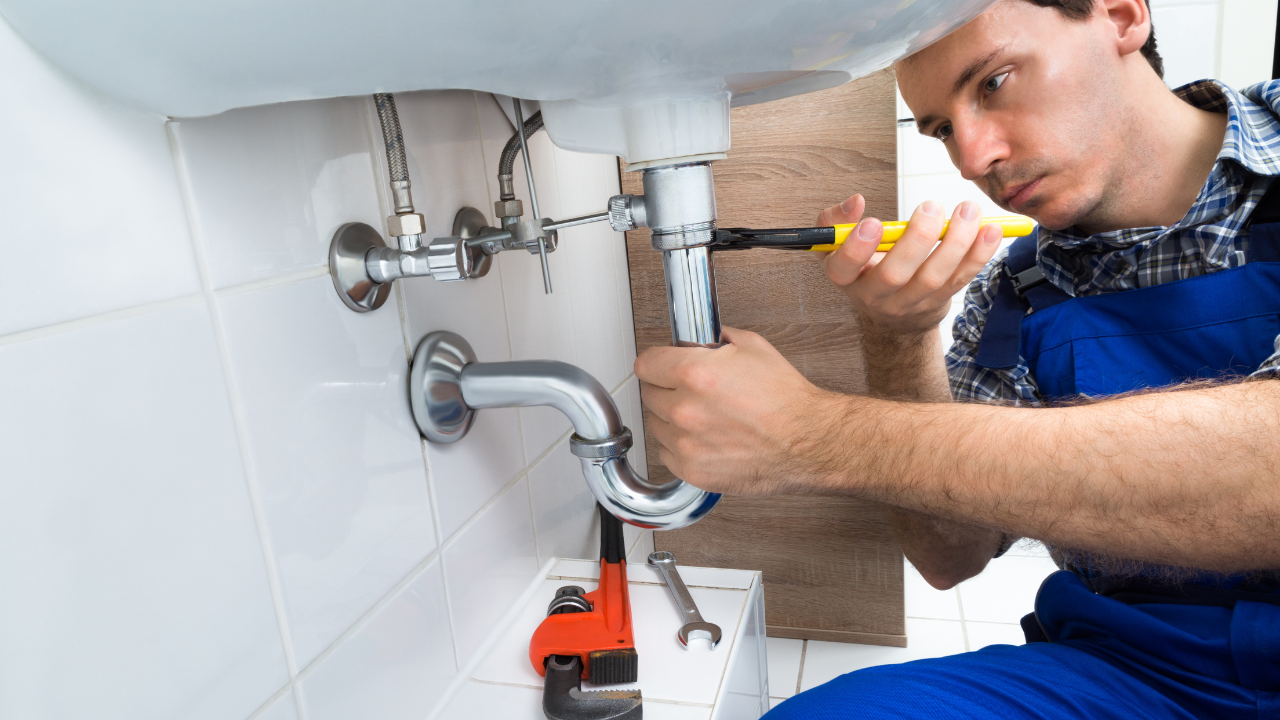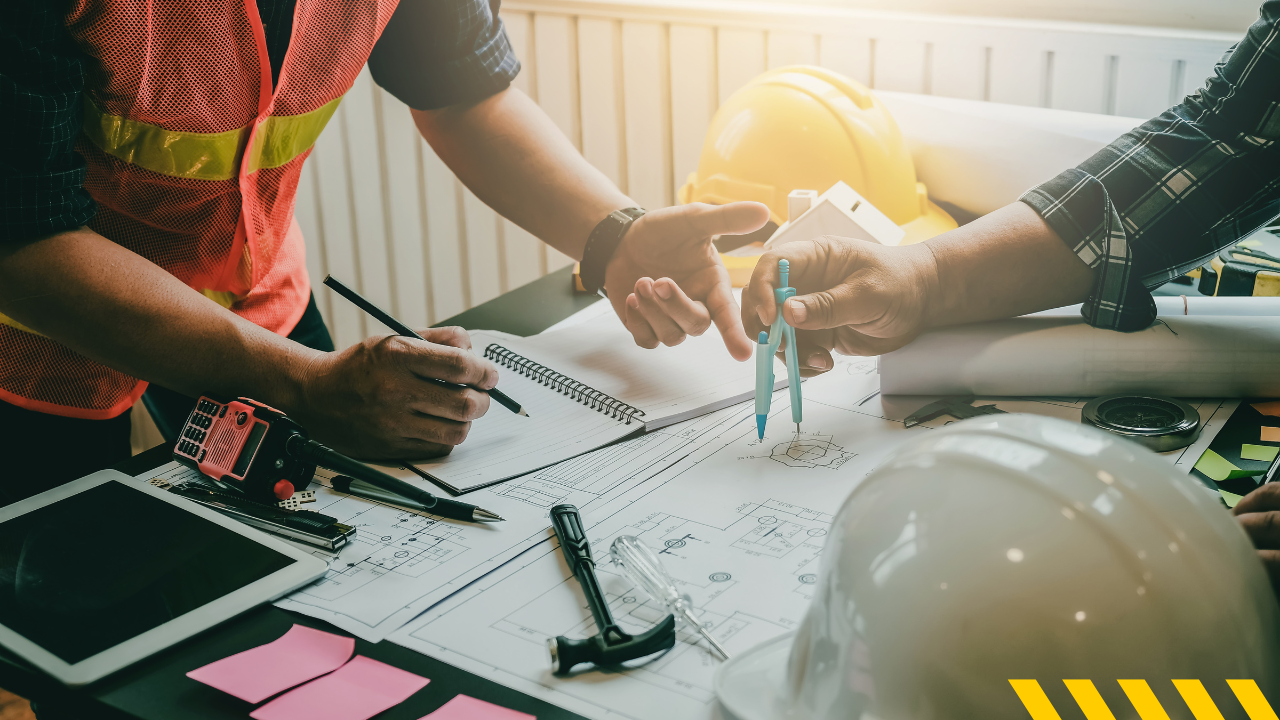Plumbing is essential to modern living, providing clean and safe water for daily use. However, with the intricate network of pipes and fixtures running through our homes, it is no surprise that issues can occasionally arise.
Many homeowners face a clogged or backed-up drain. When this occurs, a plumbing technician may recommend a “clean out” as a solution. But what exactly does this term mean, and why might it be necessary?
I will dive into the world of plumbing maintenance and explore everything you need to know about plumbing clean-outs. From its purpose to how it is done, I have covered all the information you need to keep your plumbing system functioning smoothly.
Why Should Your Home Have a Cleanout?
A cleanout is an essential feature of any home’s plumbing system, offering significant benefits for maintenance and preventing costly repairs. Located typically at strategic points along the sewer or drain line, a cleanout provides easy access to the plumbing system and efficiently removes blockages and debris that could otherwise lead to clogs and backups.
Without a cleanout, homeowners might face more invasive and expensive methods to address plumbing issues, such as digging up pipes or disassembling system sections. Regular use of the cleanout helps ensure that the home’s plumbing remains functional and efficient, reducing the risk of unpleasant and disruptive sewer backups.
Additionally, it facilitates routine inspections and maintenance, allowing plumbers to identify potential problems early and avoid significant emergencies. Overall, having a cleanout is a proactive measure that enhances the longevity and reliability of a home’s plumbing system, ultimately saving time and money.
A Step-by-Step Guide on How to Plumb Drain Clean Out
Here is a comprehensive step-by-step guide on how to effectively plumb a drain cleanout. Following these detailed instructions ensures the process is carried out smoothly and efficiently, helping you maintain your plumbing system in top condition.
Step 1: Gather Necessary Tools and Materials
Having everything you need on hand will help you work efficiently and effectively. In New York, where plumbing systems are integral to daily living, mastering the art of Plumbing Takeoff New York is a valuable skill for homeowners and professionals alike.
- Drain cleanout fitting
- PVC pipes and fittings
- Pipe cutter or saw
- Primer and cement for PVC pipes
- Wrench or pliers
- Teflon tape
Step 2: Locate the Cleanout Point
To identify the location of the main drain line where you intend to install the cleanout, start by looking near the house or building, usually positioned underground. This location is chosen for accessibility and ease of maintenance, ensuring convenient upkeep of your plumbing system.
Step 3: Prepare the Area
To prepare for clearing the area around the cleanout point, ensure ample space to work comfortably. Removing any obstacles or clutter that may hinder the process is advisable. Additionally, positioning a sturdy bucket nearby will prove helpful for collecting any water or debris that may be dislodged during maintenance.
Step 4: Measure and Cut the Pipe
To begin the process, carefully measure the section of the drain line where the cleanout will be installed. Utilize a pipe cutter or saw to precisely cut out a suitable pipe segment to accommodate the cleanout fitting. Ensuring that the cut is neat and perfectly straight is crucial to facilitate a seamless installation process.
Step 5: Install the Cleanout Fitting
Apply primer to the outside of the pipe and the inside of the cleanout fitting. Then, apply PVC cement to both surfaces and insert the cleanout fitting into the pipe. Twist the fitting slightly to ensure a secure connection.
Step 6: Connect the Pipes
Measure the length needed for the new PVC pipe, ensuring a precise cut that seamlessly connects it with the cleanout fitting and the existing drain line. Before assembly, carefully apply primer and cement to the ends of the pipes to create a secure and durable bond.
Step 7: Secure the Connection
Grab a wrench or pliers to tighten the connections between the pipes and the cleanout fitting. Apply even pressure while tightening each connection to ensure a secure fit. This step is crucial in preventing any potential leaks from occurring, so take your time to double-check that everything is securely fastened.
Step 8: Test the Installation
Turn on the water supply or run water through the drain to check for leaks around the cleanout fitting. If you notice any leaks, make adjustments as needed to seal the connections properly.
Step 9: Seal the Threads (if applicable)
When dealing with a cleanout fitting that features threaded connections, it is advantageous to apply Teflon tape around the threads before screwing on the cap. This simple step plays a crucial role in establishing a secure seal, effectively safeguarding against potential leaks and ensuring the system’s proper functioning.
Step 10: Label the Cleanout
Once the installation is complete, consider labeling the cleanout for easy identification in the future. This can help you locate and access the cleanout quickly when needed for maintenance or repairs.
By following these steps carefully and ensuring proper sealing and connections, you can successfully plumb a drain cleanout to provide easier access for clearing clogs and maintaining your plumbing system effectively.
Types of Clean-Outs and Their Functions in Drainage Systems
Cleanouts are crucial in drainage systems, as they provide access points for maintenance, inspections, and clearing blockages. Here are some common types of cleanouts found in drainage systems:
Main Line Cleanout:
The main line cleanout is typically located along a property’s main sewer line. It is a primary access point for clearing blockages or conducting inspections in the central drainage system. This cleanout is essential for addressing issues that affect the entire plumbing network.
Secondary Line Cleanout:
Secondary line cleanouts are positioned along branch lines that connect to the main sewer line. These cleanouts facilitate maintenance and troubleshooting of specific sections of the drainage system, allowing targeted interventions when issues arise in individual branches.
Exterior Cleanout:
Exterior cleanouts are installed outside the building and provide access to the sewer line that extends to the municipal sewer system. These cleanouts are crucial for conducting inspections and repairs involving the drainage system’s exterior portion, ensuring proper function and compliance with local regulations.
Vent Cleanout:
Vent cleanouts are designed to provide access to the vent stack, vital in regulating air pressure within the drainage system. These cleanouts enable maintenance of the vent stack to prevent obstructions that can impede proper drainage and ventilation, ensuring optimal system performance.
Floor Drain Cleanout:
Floor drain cleanouts are installed in areas with floor drains, such as basements, utility rooms, or garages. These cleanouts allow for clearing debris and blockages in floor drains, preventing backups and maintaining efficient drainage within indoor spaces.
Each type of cleanout serves a specific function in the drainage system, contributing to the overall performance and longevity of the plumbing infrastructure.
To read more articles visit Techmonarchy
Conclusion
After diving into the world of plumbing and exploring the concept of a clean-out, it is evident that this small but mighty component plays a crucial role in maintaining the health and functionality of our plumbing systems. From understanding its purpose as an access point for clearing blockages to learning about the different types and locations of cleanouts, it is clear that this simple feature is often overlooked but holds immense importance in keeping our homes and businesses running smoothly. Whether you are a homeowner or a business owner, knowing about cleanouts and their significance can save you from potential disasters and hefty repair costs in the long run. So next time you come across a clean-out, take a moment to appreciate its presence and remember its crucial role in keeping your plumbing system clean and functional.


